Brazil and the United States couldn’t be more different when it comes to social customs and daily life. What seems perfectly normal in one country can leave visitors from the other scratching their heads in confusion.
Americans visiting Brazil often find themselves experiencing culture shock at practices that locals consider completely routine. The differences go far beyond language barriers — they extend into every aspect of daily interaction, from greetings to dining etiquette.
Here are 16 Brazilian customs that tend to surprise American visitors.
Multiple Daily Showers

Brazilians typically shower two to three times per day, which strikes many Americans as excessive. Yet the tropical climate makes this practice not just comfortable but almost necessary for staying fresh.
Most Brazilian homes come designed with this routine in mind, featuring multiple shower heads and efficient water heating systems. Americans usually shower once daily, though they often find themselves adopting this habit after experiencing the sticky heat of a Brazilian summer.
Kissing as a Standard Greeting
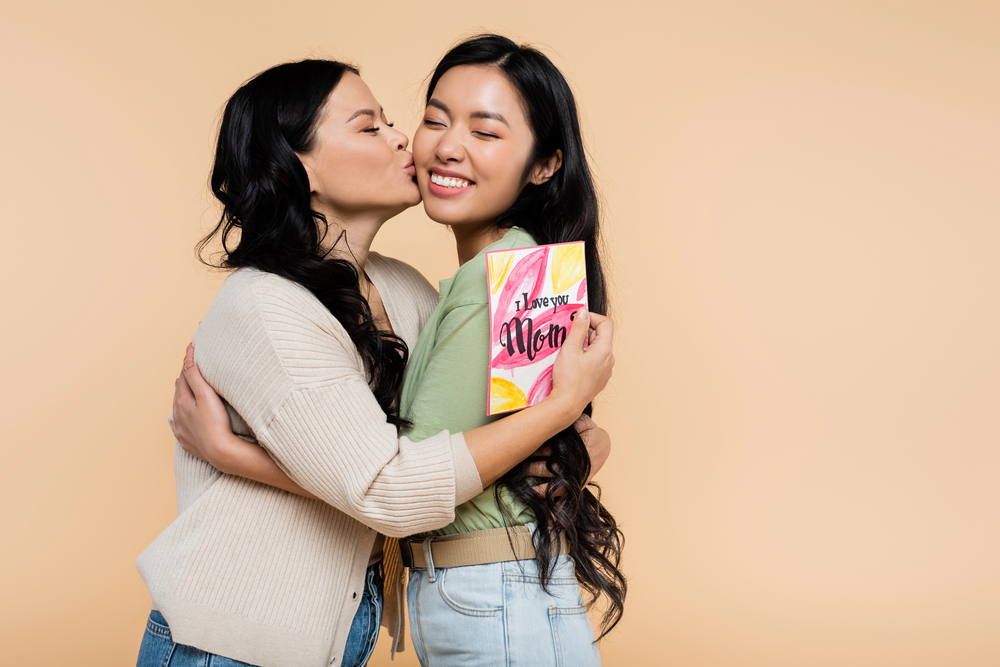
In most parts of Brazil, people greet each other with kisses on the cheek, even in professional settings. The number varies by region; some areas do one kiss while others do two.
This applies to everyone, regardless of gender or how well they know each other. Americans who are accustomed to handshakes or simple verbal greetings often feel awkward navigating this intimate form of hello, especially in business contexts.
Like Travel Pug’s content? Follow us on MSN.
Eating Pizza with a Fork and a Knife
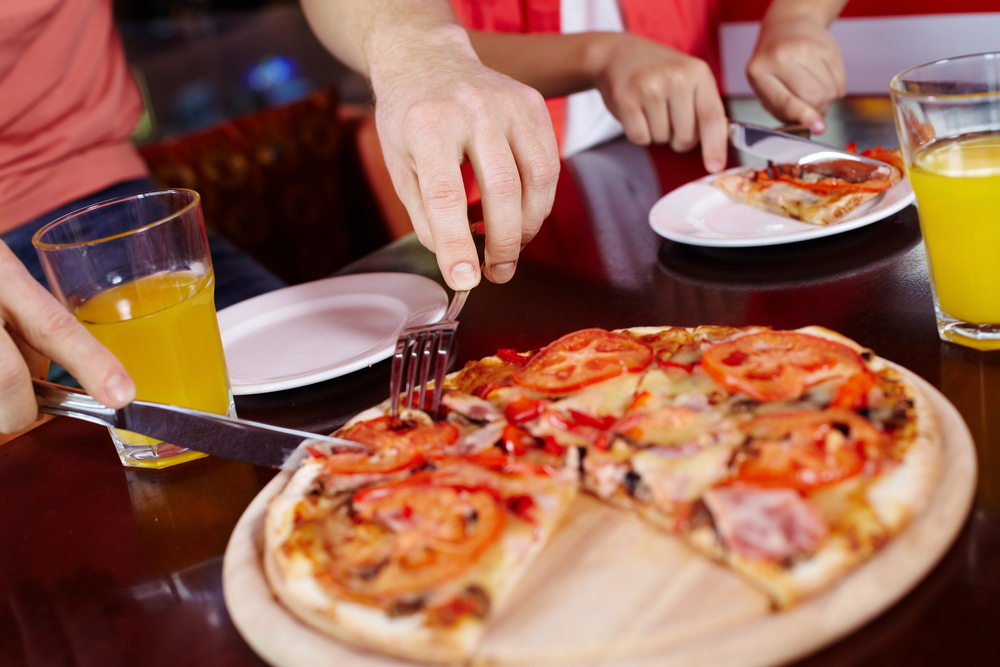
Brazilians rarely eat pizza with their hands. They view using utensils as proper etiquette instead. Even at casual pizzerias, you’ll see tables set with forks and knives specifically for pizza consumption.
The crust is often thinner and the toppings more abundant than typical American pizza, making utensils somewhat practical. Americans visiting Brazilian pizza places often get strange looks when they pick up a slice with their hands.
Late Night Dinner Times
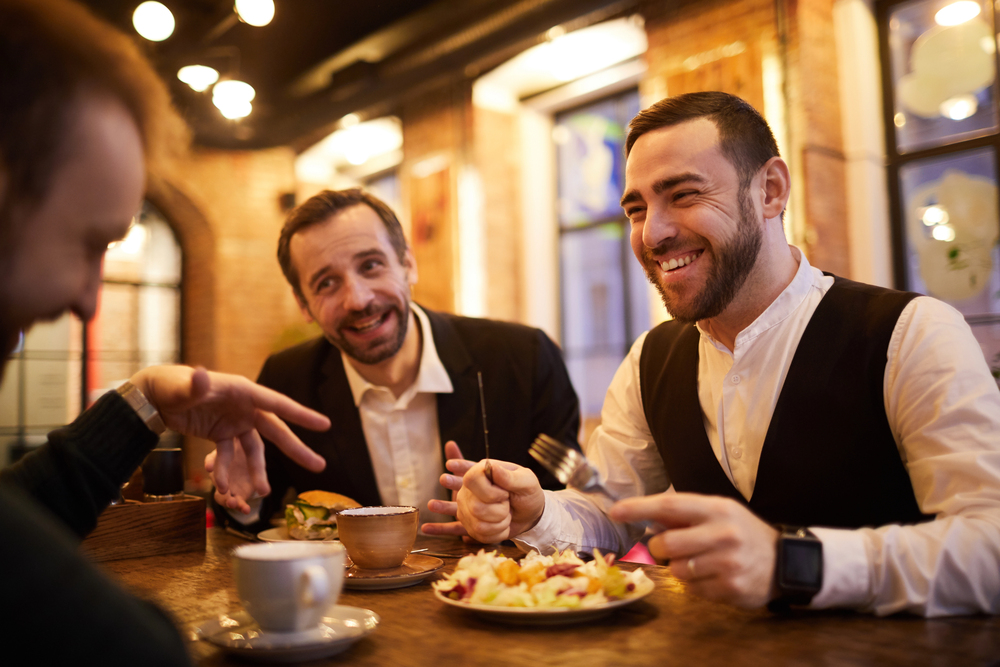
Dinner in Brazil typically happens between 8 PM and 10 PM, much later than the American standard of 5 PM to 7 PM. Restaurants don’t even start filling up until after 8 PM. Many don’t open their dinner service until 7 PM, while social gatherings routinely start at 9 PM or later.
Americans often find themselves starving — waiting for what Brazilians consider an appropriate dinner time.
Mandatory Social Security for All Workers
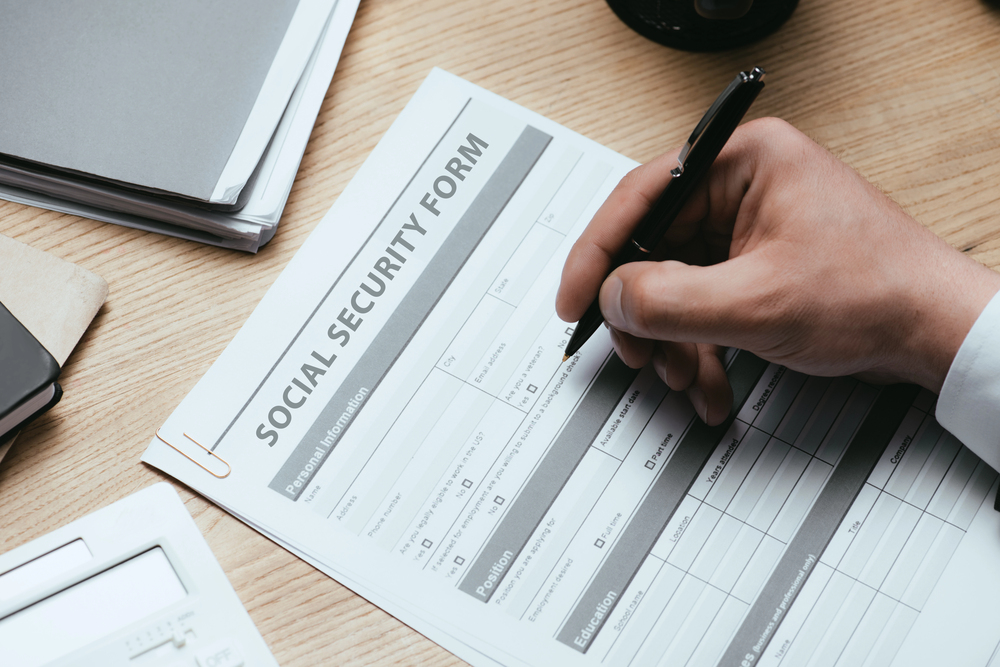
Every Brazilian worker must be registered with social security benefits, including domestic employees like housekeepers and nannies. Families are legally required to pay into the social system for anyone who works in their home regularly — even part-time cleaners.
This includes vacation pay, 13th month salary bonuses, and severance benefits that are all mandated by law. Americans are often surprised by the extensive worker protections, along with the legal complexities of employing household help.
Like Travel Pug’s content? Follow us on MSN.
Flip-Flops in Formal Settings
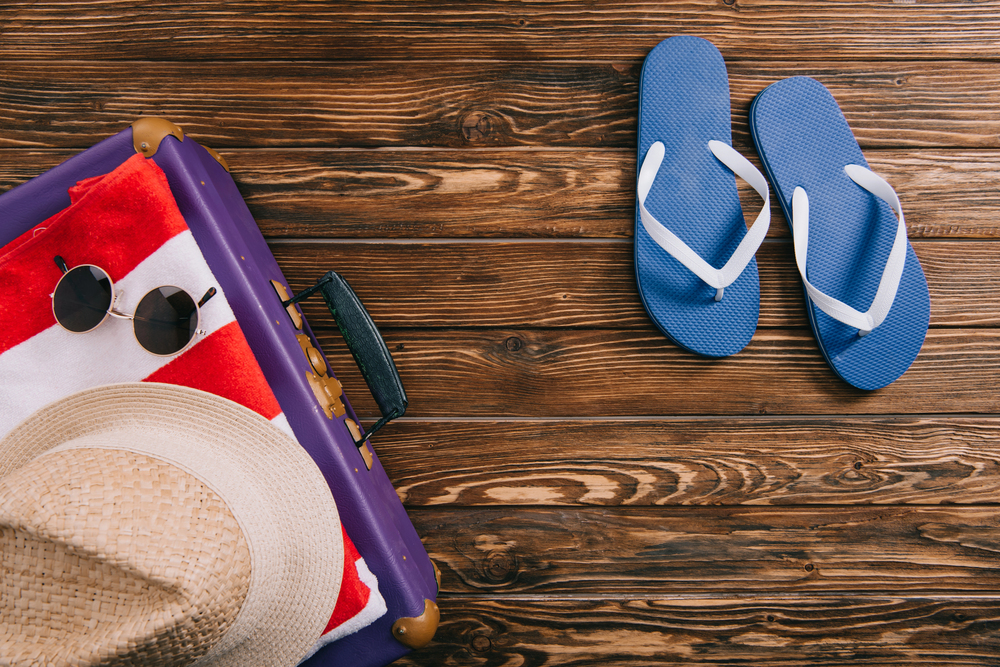
Havaianas and other flip-flops are considered acceptable footwear in many situations where Americans would never wear them. You’ll see people wearing nice flip-flops to shopping malls, restaurants, and even some offices.
The quality and style of flip-flops in Brazil far exceed what Americans typically associate with beach footwear. Many Brazilians own multiple pairs of dressy flip-flops specifically for different occasions — treating them as legitimate fashion choices rather than just casual beachwear.
Paying Bills at Pharmacies

Brazilians routinely pay their utility bills, credit card bills, and other monthly expenses at local pharmacies. These establishments serve as unofficial banking centers — equipped with computers and systems to process various bill payments.
The service is free and available during extended hours, making it more convenient than going to banks. Americans are often confused when they see long lines at pharmacies filled with people holding envelopes rather than prescriptions.
Drinking Hot Beverages in Heat
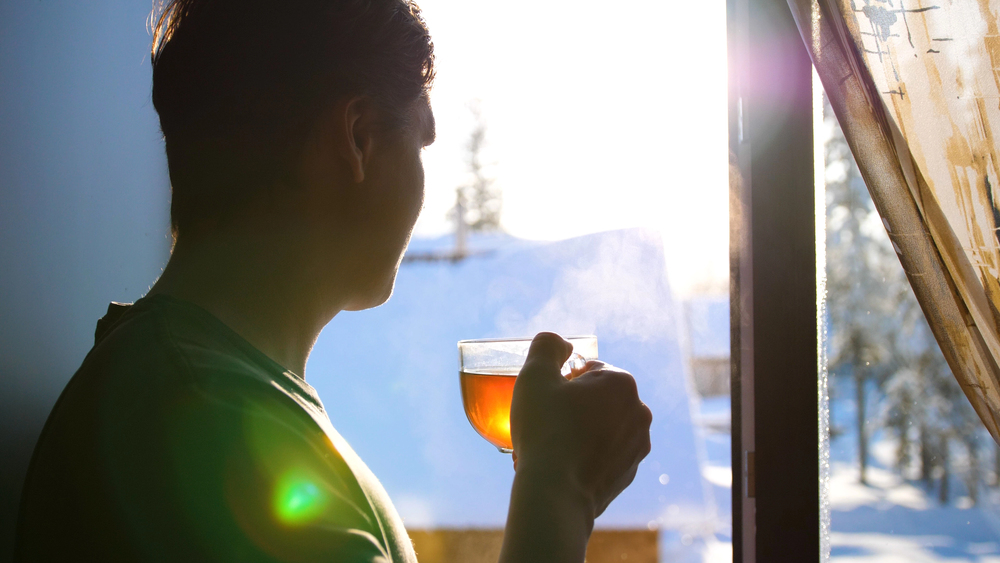
Even when temperatures soar above 90 degrees Fahrenheit, Brazilians continue drinking hot coffee and tea throughout the day. Cafezinho — small cups of strong, sweet coffee — are offered constantly in offices, homes, and social settings. The logic is that hot drinks help cool the body down, similar to practices in other hot climates worldwide.
Americans typically switch to iced drinks in hot weather, finding this preference for hot beverages in tropical heat puzzling.
Like Travel Pug’s content? Follow us on MSN.
Extensive Physical Affection Among Friends

Brazilian friendships involve much more physical contact than Americans are used to. There’s frequent hugging, touching during conversation, and casual physical closeness. Friends of the same gender will walk arm-in-arm, sit close together, and maintain physical contact while talking.
This behavior extends to both men and women and is considered a normal expression of friendship rather than anything romantic. Americans often misinterpret these gestures or feel uncomfortable with the level of physical intimacy in platonic relationships.
Mixing Sweet and Savory Foods
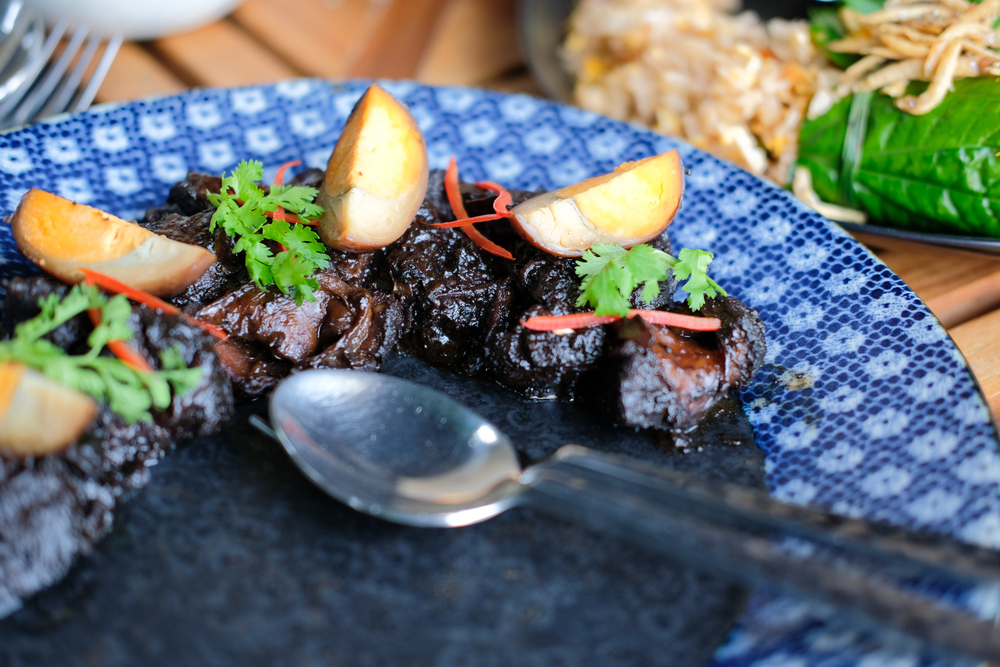
Brazilians regularly combine 0sweet and savory flavors in ways that surprise American palates. It’s common to see people putting condensed milk on bread, eating cheese with guava paste, or adding sugar to beans.
Fresh fruit is often served alongside meat dishes. Dessert-like items appear as side dishes during regular meals.
Americans typically keep sweet and savory foods separate, though many grow to enjoy these unusual flavor combinations.
Extended Family Involvement

Brazilian families maintain much closer relationships across multiple generations. Grandparents, aunts, uncles, and cousins play active roles in daily life.
Major decisions are often made collectively, while extended family members regularly stay in each other’s homes for weeks at a time. Children are expected to live with their parents until marriage, sometimes well into their thirties.
Americans value independence and nuclear family units, often finding this level of family involvement overwhelming or intrusive.
Like Travel Pug’s content? Follow us on MSN.
Driving Flexibility
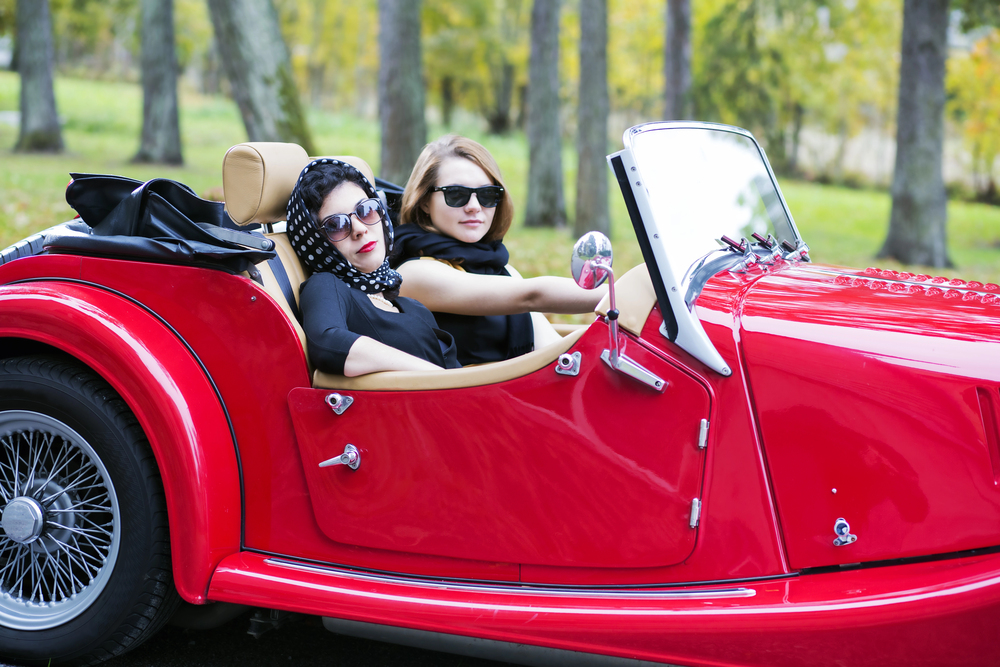
Brazilian driving culture operates with more flexibility regarding traffic rules than Americans expect. Lane changes happen without signals, parking occurs in creative spaces, and traffic rules are often treated as suggestions rather than strict laws.
Motorcycles weave between cars while pedestrians cross streets wherever convenient rather than at designated crosswalks. Americans accustomed to more rigid traffic enforcement and predictable driving patterns often feel anxious navigating Brazilian roads.
Domestic Help Normalcy
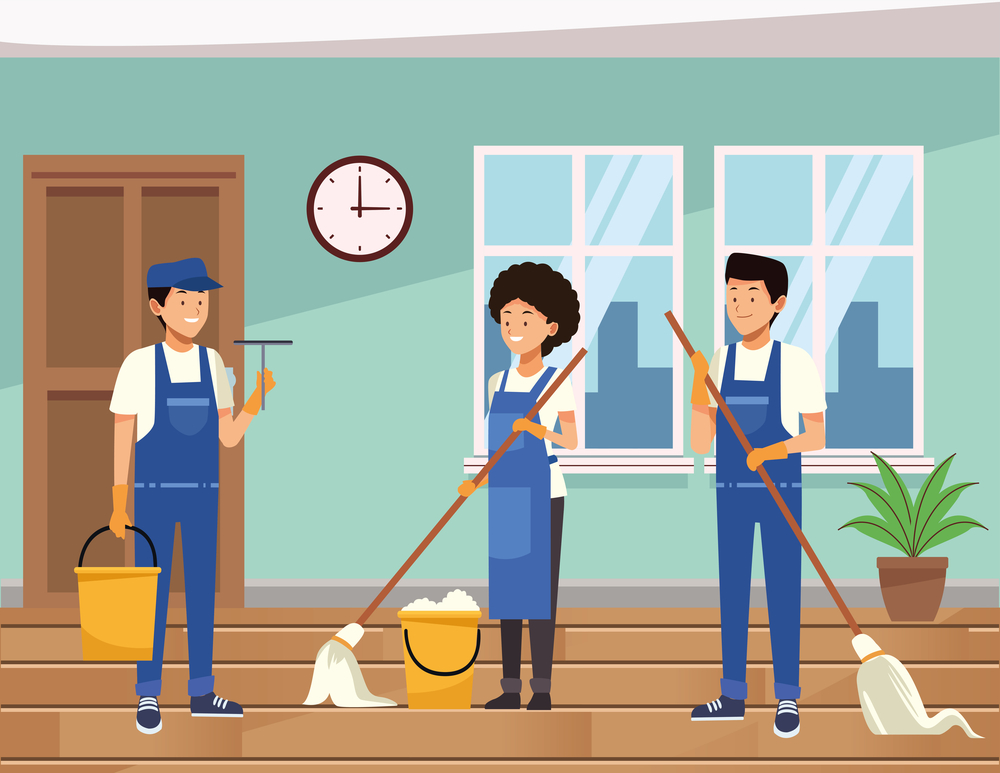
Having domestic employees is much more common across income levels in Brazil than in the United States. Middle-class families routinely employ housekeepers, and many have live-in domestic workers who become integral parts of the household.
These employees often work for the same family for decades, being treated almost like family members. Americans, where domestic help is typically reserved for wealthy households, are often surprised by how normalized and regulated this employment relationship is in Brazilian society.
Beach Attire Standards

Brazilian beach culture embraces much more revealing swimwear than typical American beach standards. Tiny bikinis and sunga-style swimsuits for men are completely normal, and people wear these outfits not just for swimming but for walking around beach towns and beachside restaurants.
Body confidence is celebrated regardless of age or body type, with people of all shapes wearing minimal clothing at the beach. Americans tend toward more modest beach attire, often feeling overdressed or self-conscious about their own bodies in comparison.
Like Travel Pug’s content? Follow us on MSN.
Snacking Between Meals
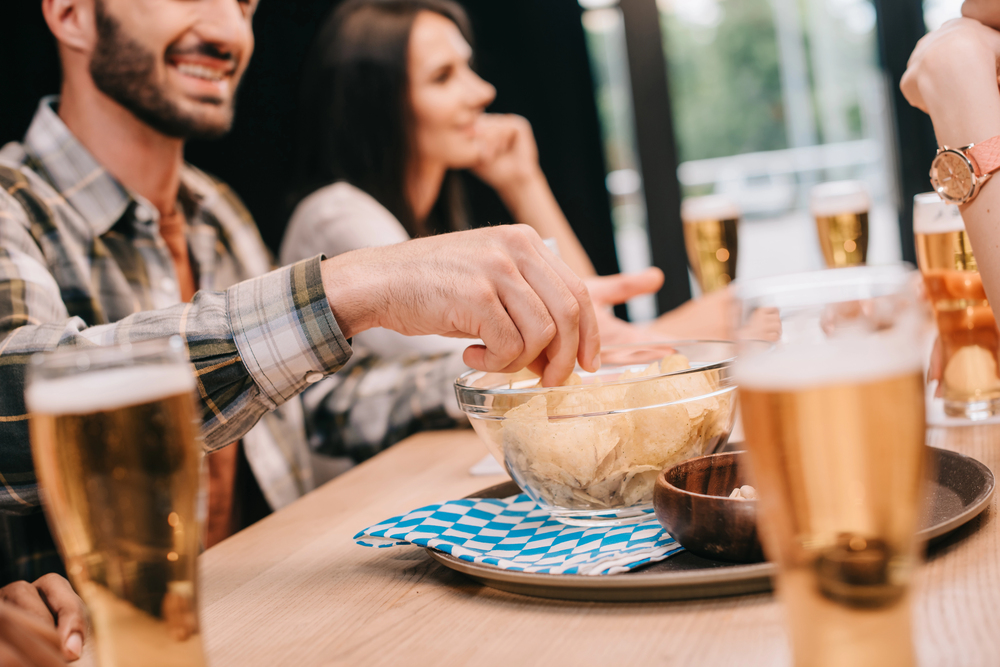
Brazilians have a strong culture of eating small snacks between meals, with specific times dedicated to ‘lanche’ or snack time. These aren’t just quick bites but often substantial foods like pastels, coxinhas, or elaborate sandwiches.
Many workplaces provide afternoon snack breaks, while social gatherings often revolve around sharing various finger foods. Americans typically eat three main meals with minimal snacking, often finding themselves constantly eating throughout the day when following Brazilian social customs.
Banking Complexity

Brazilian banking involves much more bureaucracy and complexity than Americans expect. There’s extensive paperwork required for simple transactions. Opening a bank account requires multiple documents, proof of income, and sometimes personal references.
ATM transactions often have daily limits that seem restrictively low, and many services require in-person visits to bank branches. Americans accustomed to streamlined online banking and minimal paperwork often find Brazilian banking procedures frustratingly complicated and time-consuming.
Cultural Bridges Across Continents

These customs reflect Brazil’s unique blend of European, African, and indigenous influences, creating a society that values personal relationships, family connections, and social interaction above individual efficiency. While American visitors might initially feel overwhelmed by the physical affection, complex social rules, and different pace of life, many find themselves appreciating the warmth and community focus of Brazilian culture.
The shock often transforms into admiration as visitors realize that these customs create stronger social bonds and a more interconnected society. Understanding these differences helps both cultures appreciate their respective approaches to daily life and human connection.
More from Travel Pug

- 20 Best Beach Towns in the Carolinas
- 13 Destinations Where Tourists Regularly Regret Their Trip
- 20 Things You Actually Get in First Class
- 20 Small Airports With Aviation Museums
- 20 Places in the U.S. That Are Perfect for a Reset Trip
Like Travel Pug’s content? Follow us on MSN.
